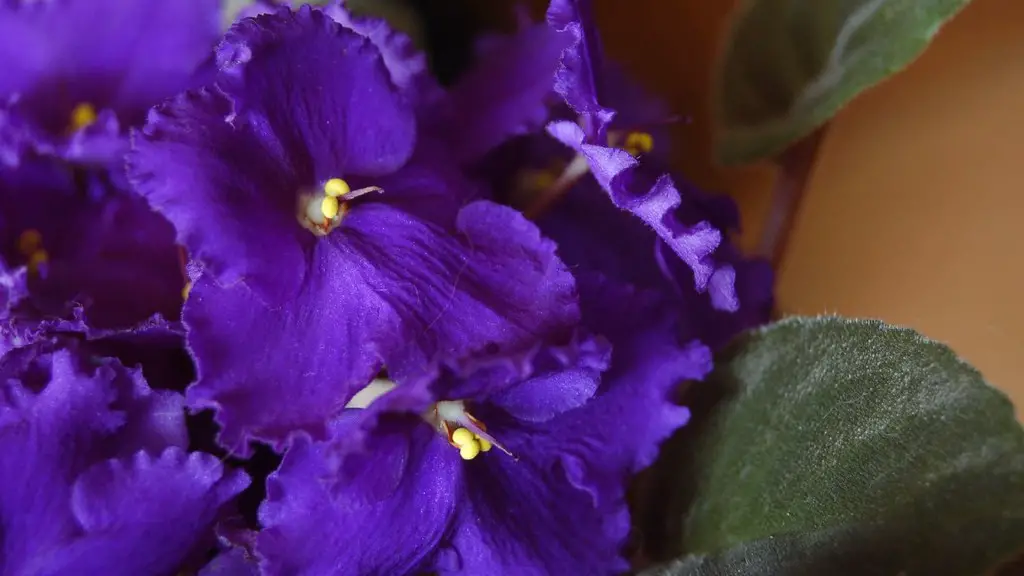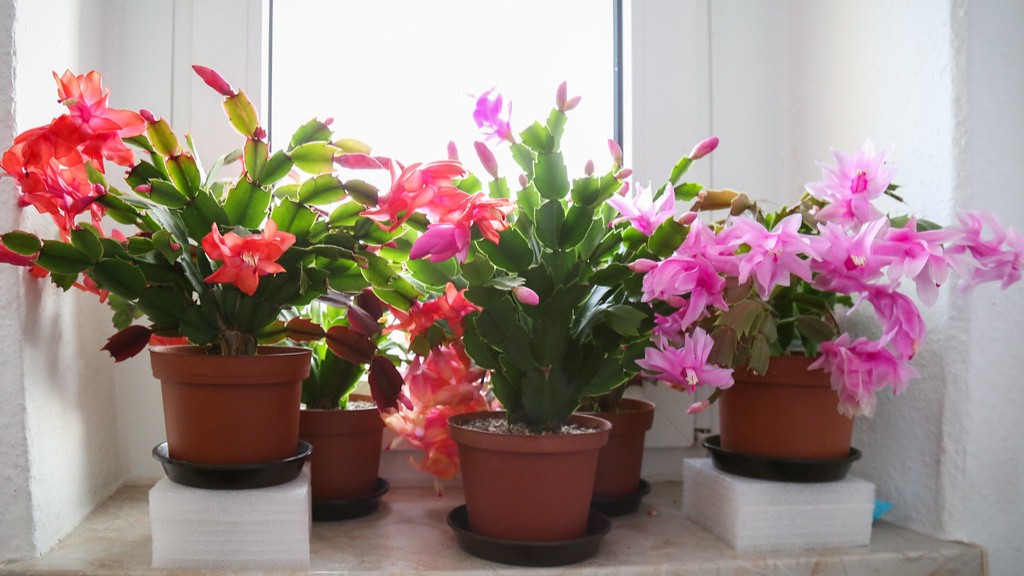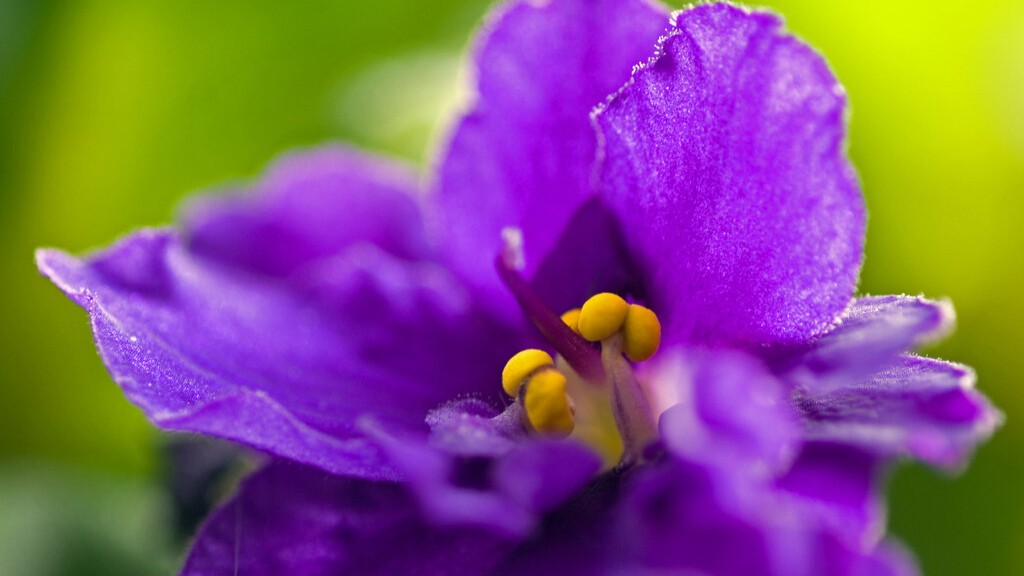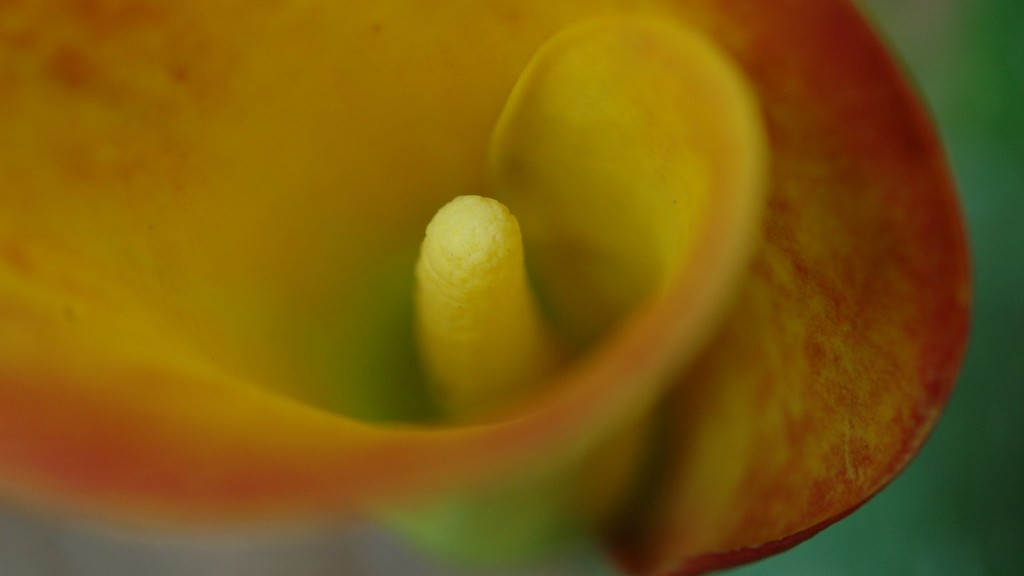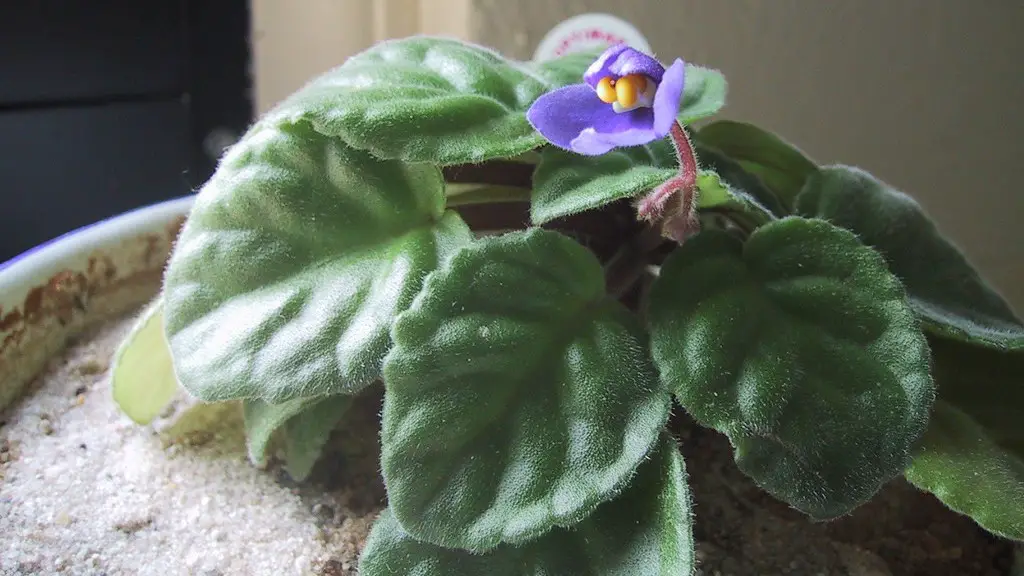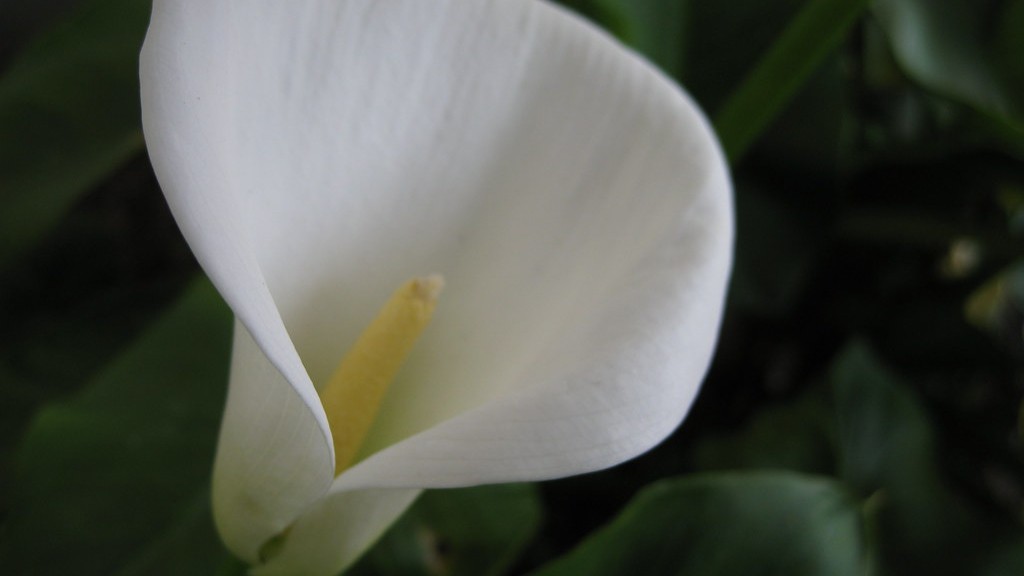If you want to start new growth with African violets, you will need to take a leaf from an existing plant and insert it into fresh potting soil. Be sure to keep the leaf moist until new roots have formed and the new plant is established.
If you want to encourage new growth on your African violet, start by giving it more light. Place it in a spot where it will receive indirect sunlight for at least four hours a day. In addition, make sure to keep the soil moist but not soggy. Water the plant from the bottom by filling the saucer it sits in with water and letting the plant absorb what it needs. To encourage new growth, you can also fertilize your plant about once a month using a water-soluble fertilizer for houseplants.
How do you propagate African violets from cuttings?
To ensure that your leaf cuttings have the best chance of developing roots, it’s important to start with a moistened 50:50 mix of vermiculite and coarse sand. Once you’ve inserted the petiole of each leaf cutting into the rooting medium at a 45 degree angle, be sure to firm the rooting medium around the base of each cutting. After all cuttings are in place, water the rooting medium and allow it to drain for a few minutes. With proper care, your leaf cuttings should develop strong roots in no time!
1. Give your African violet plenty of light. It should be in a spot where it gets at least 12 hours of light each day, preferably from a south-facing window. If you don’t have a south-facing window, you can supplement with grow lights.
2. African violets love humidity. Try to keep the humidity around the plant at 50%. You can do this by putting the pot on a tray of pebbles and water or by using a humidifier.
3. Keep your African violet well-fed by fertilizing it every two weeks with a specific African violet fertilizer.
4. The temperature around your African violet should be between 70-80 degrees Fahrenheit during the day and 60-70 degrees Fahrenheit at night.
5. Use a potting mix specifically designed for African violets. This type of mix is usually lighter and more porous than regular potting soil, which is important because African violets don’t like to sit in wet soil.
6. Be on the lookout for pests and diseases. Common pests include aphids, mealybugs, and spider mites. Common diseases include gray mold and root rot.
7. If your African violet
Can you root an African violet leaf in water
If you’re looking to root African violets, the good news is that it’s easy to do so. One of the quickest and easiest ways is to use a leaf from an existing African violet plant. Simply place the leaf in a cup of water and wait for it to develop roots. Once it has roots, you can transplant it into soil. With a little care, your new African violet plant will thrive.
Splitting African Violet babies or pups is a great way to get more plants! To split the pups from the plant, just cut them off from the main stem of the plant, and pot them in their own soil. They will grow their own roots soon and turn into a new plant.
Is it better to propagate African violets in water or soil?
African violet leaf propagation in water is a great way to get a head start on your plants. The leaves will take longer to start roots, but if you compare a 6-month old baby started in water to a 6-month old baby started in soil, you will see that the one started in water is a larger, healthier plant.
It’s important to water African violets properly to encourage root growth. Allow the soil to dry out slightly between waterings. Once your cutting has formed new roots, it will be ready to transplant into a pot of its own.
Can I use Miracle Grow on African violets?
African violets require a well-drained, slightly acidic potting mix in order to thrive. Miracle-Gro® Indoor Potting Mix is specially formulated to provide indoor plants like African violets with just the right growing environment. This potting mix will help ensure your African violets receive the drainage and nutrients they need to grow and bloom beautifully.
African violets need indirect sunlight. Direct sunlight can burn the leaves. Choose a north- or east- facing window for best results. Keep plants away from cold glass and rotate the pot once a week so all leaves receive light. Extend daylight by placing African violets under a grow light during winter months.
Does Epsom salt help African violets bloom
Epsom salts are a great way to provide your plants with essential magnesium and sulfur. Two key minerals needed for beautiful blooms and healthy foliage. Just mix one and a half teaspoons of Epsom salts in a quart of tepid water and swirl to dissolve. Then water your African violets (below the leaves) with this solution once a month.
Coffee grounds are slightly acidic and contain nitrogen, which helps plants grow healthy foliage. Occasionally sprinkling used coffee grounds on top of your African violet potting soil can be good for the plant.
Is it OK to touch African violet leaves?
Touching or brushing the leaves of African violets is not recommended, as it can decrease the plant’s quality and size.
When the pores of the leaves become clogged, it can prevent water and other essential materials from getting to the leaf tissue. This can lead to the leaves becoming dry and damaged.
How big should African violet pots be
A four inch pot is generally the appropriate size for an African Violet whose leaves measure 12 inches in diameter. Be sure that your pot has adequate drainage.
African violets are beautiful flowers that can bloom nearly year-round. If you are able to provide the correct conditions, expect your African violets to bloom 10-12 months each year. Each bloom lasts for about 2-3 weeks, so you can enjoy their beauty for a long time!
How do you separate African violet puppies?
To propagate a plant, you will need a sharp knife, some pots or growing containers, and some potting mix. Begin by finding a healthy plant that you want to propagate. Using the knife, carefully divide the plant into two or three smaller plants, making sure to include as many roots as possible. Once the plants are divided, plant each one in its own pot or container filled with potting mix. Water regularly and keep in a warm, sunny spot. With a little care, your new plants should soon take root and begin to grow.
If you water your African violets from the top, be careful not to get water on the leaves when the plant is in the sun. This is to avoid leaf spots. Lukewarm or warm water is best. You can also water from the bottom, but be careful not to overwater.
Conclusion
There are a few ways to start new growth with African violets. One way is to take a leaf from an existing plant and place it in water. After a few days, the leaf will start to develop roots. Once the roots are a few inches long, the leaf can be transplanted into potting soil. Another way to start new growth is to take a stem cutting from an existing plant. The cutting should be about 4 inches long and have a few leaves on it. The cutting can be placed in water or directly into potting soil. With proper care, the cutting will soon start to grow new leaves.
There are many ways to start new growth with African violets. One way is to take a leaf from an existing plant and place it in water. After a few days, the leaf will start to produce roots. Once the roots are strong enough, the leaf can be transplanted into soil. Another way to start new growth is to propagate from stem cuttings. Cut a healthy stem from an existing plant and place it in water. Within a few weeks, the stem will produce new growth. Once the new growth is strong enough, the stem can be transplanted into soil. African violets can also be propagated from seed. However, this method is more difficult and it can take several months for new growth to appear.
